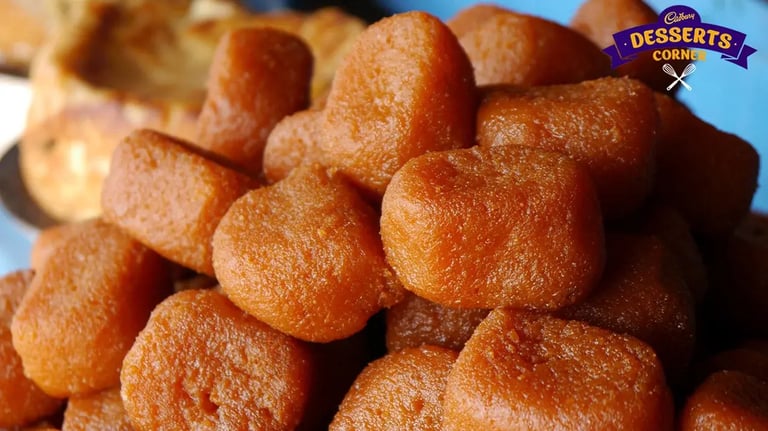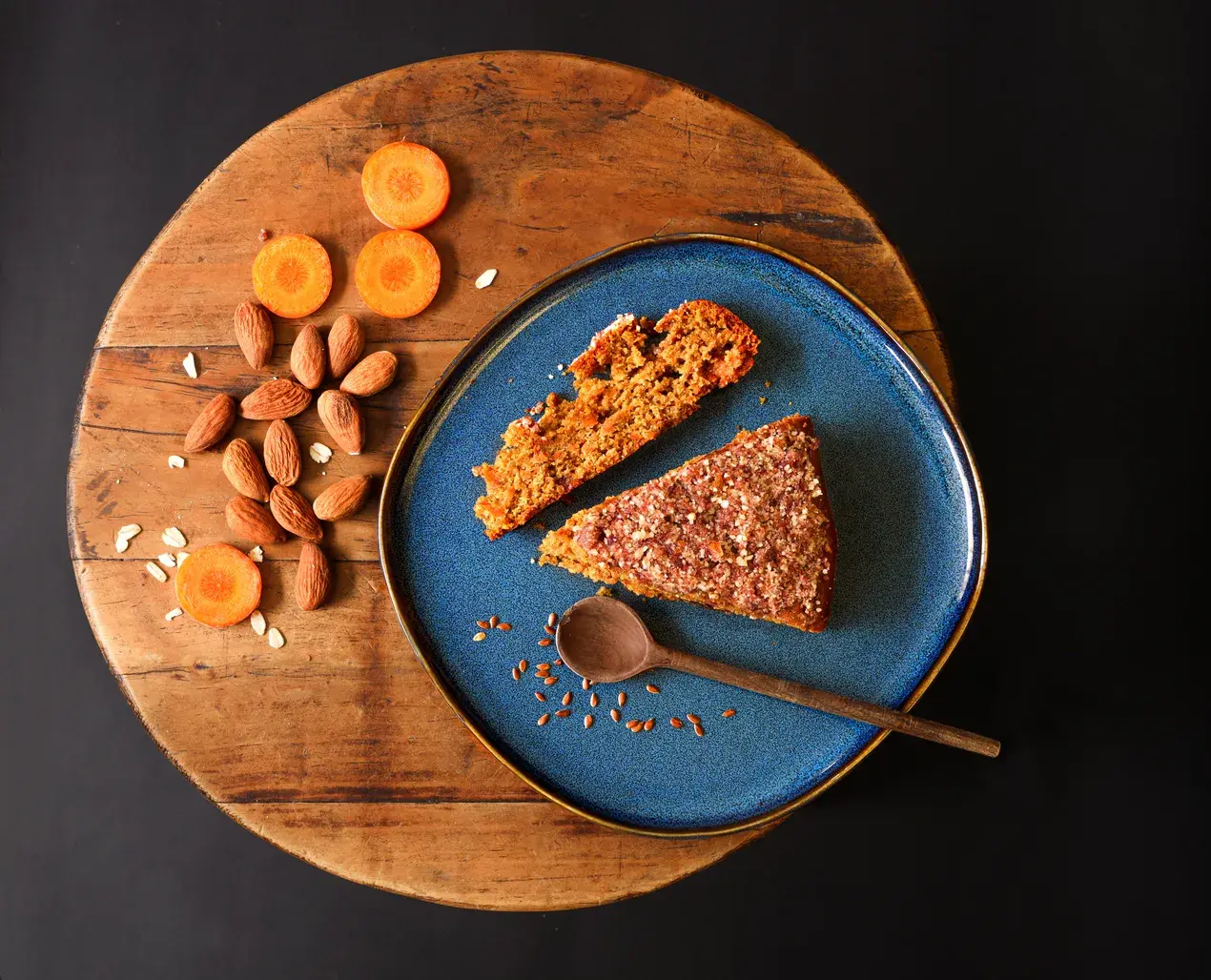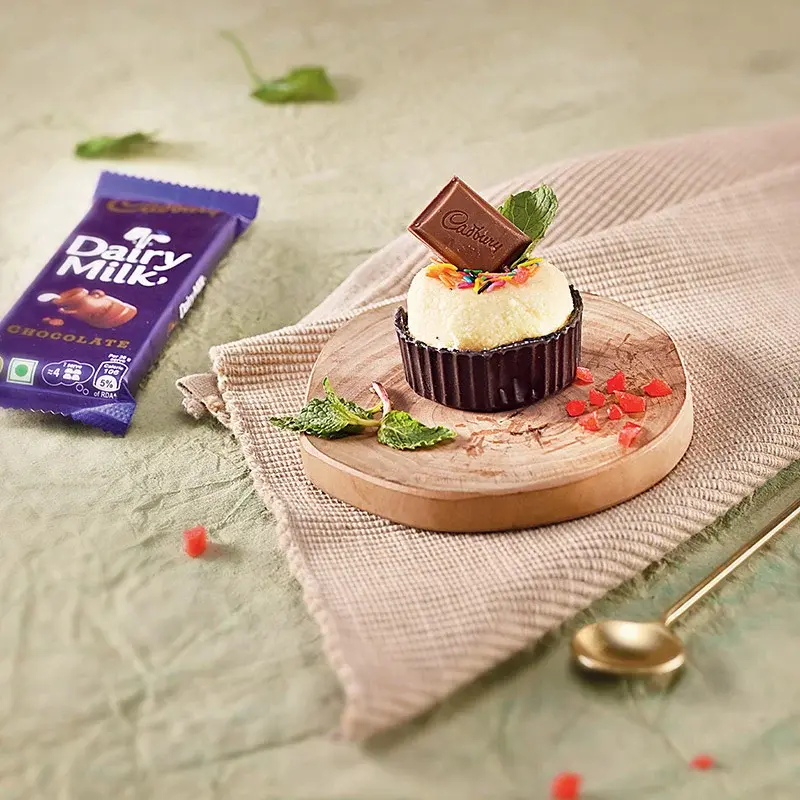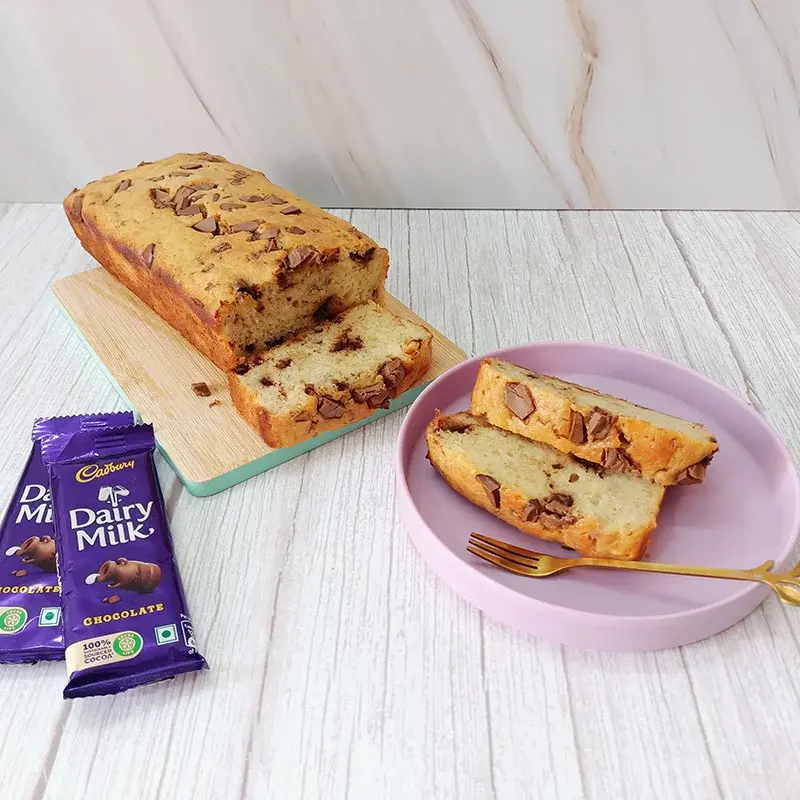- Home
- Articles
- From Leftover Chhena to Becoming a Beloved Classic, Odisha’s Chhena Poda’s Serendipitous Origin Story
The best things happen accidentally—it could be someone’s existence, a friendship with a person you used to detest, and even desserts! The story of Chhena Poda is a science experiment done right, even though it was a scientist, but a humble sweet maker who birthed this local treasure.

The best things happen accidentally—it could be someone’s existence, a friendship with a person you used to detest, and even desserts! The story of Chhena Poda is a science experiment done right, even though it was a scientist, but a humble sweet maker who birthed this local treasure.
A desi sweet, chhena poda proudly calls the coastal state of Odisha—the home of Lord Jagannath and the Odissi dance form—its motherland. It is nothing but a local form of burnt cheesecake; “chhena” means curd cheese and “poda” means burnt. This is that one sweet that you will only find in Odisha, which is famous and cherished by the locals and visitors alike.
The chhena is bland in taste, so while the freshly produced chhena is kneaded, it is mixed with sugar and sooji, and then baked for several hours until it browns. The ingredients are simple but it is time intensive, so what you get in the sweet shops is fresh in the morning. But what is the story behind this delicious confection?
The Origin Story

Chhena poda originated in the early 20th century in the village of Dasapalla, located in the Nayagarh district of Odisha. The man credited with inventing this dessert was Sudarshan Sahu, who ran a confectionery shop near Kacheri Road in Dasapalla.
One evening, in the 1940s or ‘50s, Sahu had some leftover chhena or cottage cheese after closing for the day. Not wanting to waste the ingredients, he decided to experiment by mixing in sugar, cardamom, cashews and other spices. He then placed the mixture in an earthen pot and left it on the still-warm clay stove from earlier use.
The next morning, Sahu was pleasantly surprised by how delicious the mixture had turned out overnight. Friends and family who tasted it also enjoyed the unique flavor profile. Realizing he had created a new recipe, Sahu began wrapping individual portions in sal leaves before slow-cooking them. This step ensured even roasting and enhanced the flavors.
Word of Sahu's invention spread. It's said he even served chhena poda to dignitaries like India’s first Prime Minister Jawaharlal Nehru and Odisha’s former Chief Minister Biju Patnaik, who praised the dessert. To honor Sahu as the creator, his birth anniversary on 11 April is now observed annually as Chhenapoda Dibasa.
When is it Made and Traditionally Served?
While specially prepared for festivals, chhena poda can now be enjoyed almost any time, whether at home, in restaurants or by purchasing commercial varieties. Chhena poda is especially popular during major Odia festivals and celebrations. Some of the main occasions when it is enjoyed include Durga Puja during autumn months, Kartika Purnima in November or December, and Pana Sankranti in April or May.
Making chhena poda as offerings or prasad for the gods during these festivals is a long-standing tradition. The dessert is also a staple part of feasts and gatherings with family/friends to mark the holidays. In recent decades, restaurants in Odisha have started featuring chhena poda on their menus year-round. This has helped introduce more people to the delicacy.
The Odisha Milk Federation (OMFED) has played a big role in commercial production since the 1980s. They aim to make chhena poda more widely available across India and globally as a renowned Odia product. OMFED sells chhena poda in packaged and branded forms through retail stores.
What does Chhena Poda Taste Like?
It is ambrosia for the Odias, just like kheer and halwa are to the North Indians. And they rightfully claim this title for the chhena poda, because, despite its simplicity, the taste is impeccable.
Chhena poda has a unique sweet and mildly salty flavor profile. The soft, moist cottage cheese interior is balanced by a crispy and crunchy outer layer developed during cooking, that is if you are having it hot.
Biting into a piping hot chhena poda releases waves of warm, comforting flavors. The cottage cheese tastes subtly tangy and creamy, yet sweet. Some describe the overall flavor as reminiscent of rabri, kheer, or payasam. But chhena poda is denser and holds its shape better compared to those liquid desserts. It has a fudgy, melt-in-the-mouth texture and no greasy aftertaste.
The Recipe

Ingredients:
- 500 gm cottage cheese (chhena), crumbled
- 200 gm powdered sugar
- 1/2 tsp cardamom powder
- 50 gm cashew nuts, chopped
- Salt to taste
- Sal leaves for wrapping
Instructions:
- In a large bowl, mix together the crumbled cottage cheese, sugar, cardamom powder, cashews and a pinch of salt. Knead well until smooth.
- Take small lemon-sized balls of the mixture and flatten them slightly. Wrap each one tightly in a sal leaf.
- Steam the wrapped pods in a steamer basket for 15-20 minutes until firm.
- Alternatively, you can bake the wrapped pods in a preheated 180°C oven for 20 minutes.
- Remove from the heat and allow it to cool completely before serving.
Like This Article?
More Like This
Popular Articles





Trending Web Stories
Curated Recipes
















